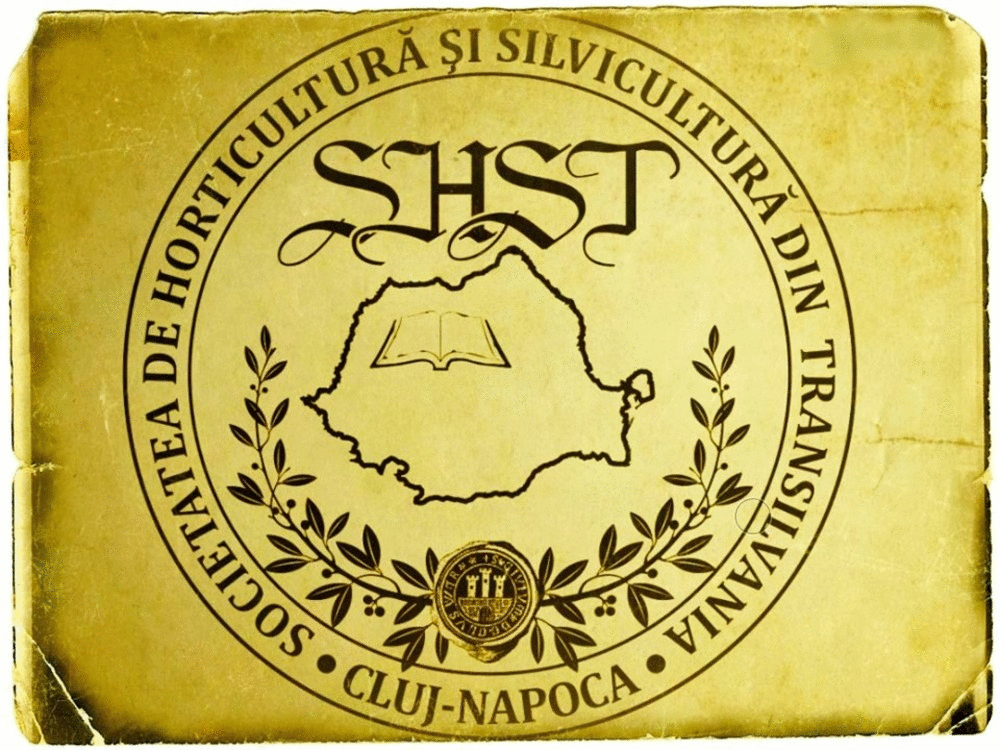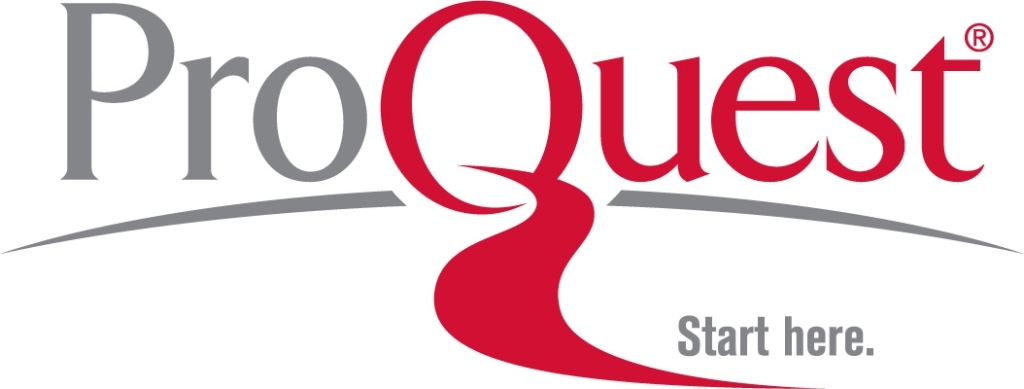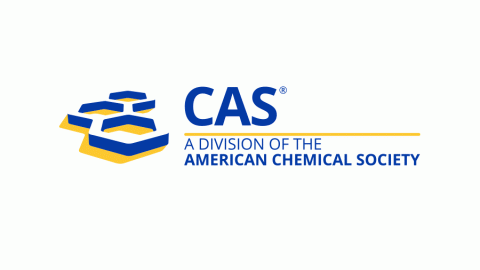Ethnobotanical Knowledge Studied in Pocharam Wildlife Sanctuary, Telangana, India
DOI:
https://doi.org/10.15835/nsb729516Keywords:
ethnic use; native species; plant resource; sanctuary; wildlifeAbstract
A survey was conducted in 31 fringe villages of Pocharam wildlife sanctuary, Telangana, India, during 2010 to 2012, in order to explore and document the ethnobotanical knowledge of Yerukulas and Lambadis communities. There was revealed the use of 173 Angiosperm species. The pattern of the plant use as per habitat (terrestrial/aquatic), habit (growth form), plant part (organ) and taxonomic category (families), nativity and occurrence (wild/cultivated) were established. Dicots contribute more than Monocots to the medicinal and ethnobotanical use. This might be due to the species strength in the region. When the plant use-data were analyzed, trees contributed with 68 uses, followed by herbs (51), climbers (32) and shrubs (22). Perhaps this was a reflection of the floristic composition and the prevailing Phanero-therophytic climate. Out of the 173 plant taxa that were noted as being utilized by the ethnic people in the sanctuary, the greatest number (154; 89.1%) were indigenous and wild. The introduced species were the crops under cultivation and planted. Although the local people use plants for various purposes, they largely serve medicinal scopes (83.24%) and for subsistence (21.96%).
Metrics
Downloads
Published
How to Cite
Issue
Section
License
Papers published in Notulae Scientia Biologicae are Open-Access, distributed under the terms and conditions of the Creative Commons Attribution License.
© Articles by the authors; licensee SMTCT, Cluj-Napoca, Romania. The journal allows the author(s) to hold the copyright/to retain publishing rights without restriction.
License:
Open Access Journal - the journal offers free, immediate, and unrestricted access to peer-reviewed research and scholarly work, due SMTCT supports to increase the visibility, accessibility and reputation of the researchers, regardless of geography and their budgets. Users are allowed to read, download, copy, distribute, print, search, or link to the full texts of the articles, or use them for any other lawful purpose, without asking prior permission from the publisher or the author.













.png)















